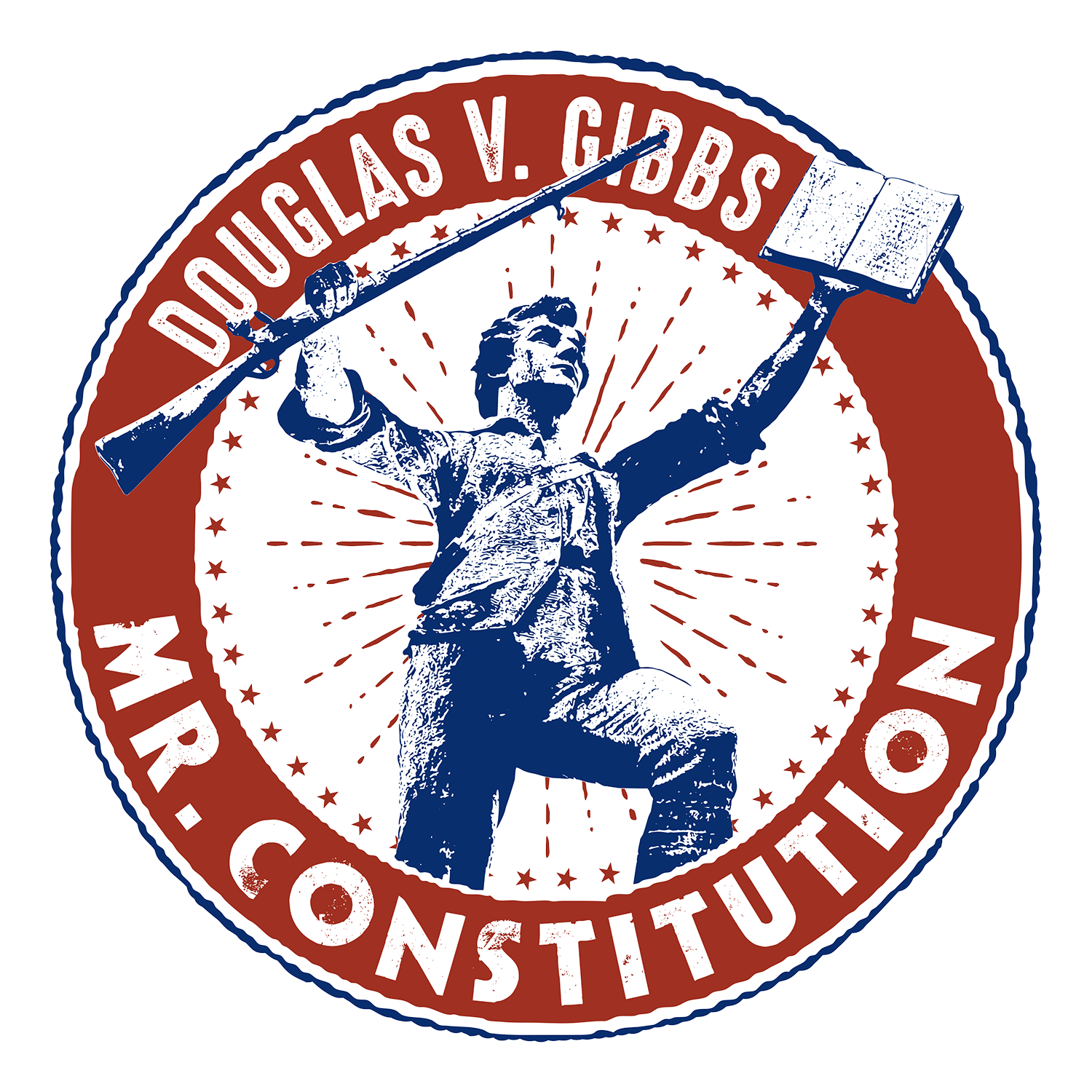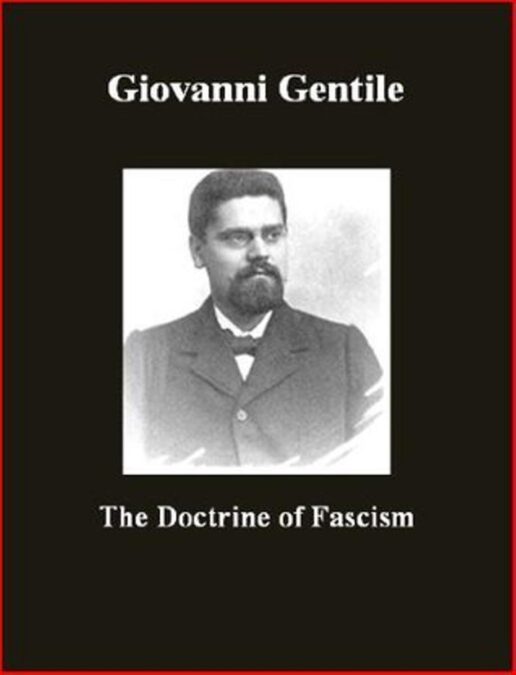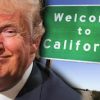By Douglas V. Gibbs
Barry Goldwater was branded a fascist in the 1960s for daring to challenge Democrats with conservative ideas. They called Nixon a fascist, Ford a fascist, Reagan a fascist, and both Bushes a fascist. Why would Trump be any different?
President Donald Trump has endured the charge more intensely than his Republican predecessors, but the tactic is familiar. When Democrats cannot win in the arena of ideas, they resort to NAZI name-calling. It’s an insult so overused that many barely register it anymore, but never has it been shouted so loudly.
The first question is simple: Why do Democrats believe “fascist” is an appropriate label for Republicans?
In truth, fascism has nothing to do with the GOP party platform. For many decades, Republicans have stood for limited government, fewer regulations, free market principles, and a return to original Constitutional principles. Fascism, by contrast, is about centralized control, heavy regulation, and subordination of the individual to the state.
We are told fascism resides on the Right. Academia, media, and Democrats repeat it endlessly. But repetition is not proof. To know the truth we need to examine fascism critically.
The free market in America began as rebellion against Britain’s mercantilism. Founders like Thomas Jefferson embraced the idea of laissez faire, which means, “let things follow their own course.” Adam Smith laid the groundwork associated with those free market ideas. Meanwhile, collectivist ideas we now call socialism were already circulating, later codified by Karl Marx. Georg Wilhelm Friedrich Hegel laid the ground work for what Karl Marx would ultimately call communism. The Founding Fathers called it Utopianism. Collectivistic ideas, what we today call socialism, is nothing new.
Fascism crawled out of that same Marxist path. Fascism’s intellectual father was Giovanni Gentile (pronounced Jen-Tee-Lee). He was born after the rise of the Jacobins and about a decade before the Fabians were on the rise in Britain. As a political theorist Gentile argued that democracy was actually a system with two cousins. One a liberal democracy, and the other a “true democracy.” America, despite being established as a republic, was already showing signs of becoming a liberal democracy, which Gentile considered to be selfish and obsessed with individual rights. He argued the other, “true democracy,” is a system where people vote themselves into a strong centralized government system, and voluntarily become subservient to it. Gentile saw his mentor as Karl Marx, and he believed that the means of production should be controlled by government and that equity among the members of society was the only way to make it feel more like a family.
Gentile was a socialist, but he felt socialism needed to operate with a slightly different look. It needed a new branch, so to speak. Gentile was a classic collectivist, like the Utopians that the Founders were so familiar with, believing that the individual didn’t truly exist apart from the collective. Every choice, every task, every personal familial decision, and even how you think needed to be connected to the broader goals of society. The community comes first, so everything you do must reflect that.
Mussolini adopted Gentile’s ideas, declaring “All is in the state and nothing human exists or has value outside the state.” Fascism differed from communism, however, in method. Instead of outright ownership of industry, fascism bundled private entities under state guidance, heavily regulating them and using collusion between government and corporations to control the means of production in a manner similar to what we in America might call crony capitalism. Hitler later adopted the same model in Germany.
Though fascism proclaimed itself the enemy of communism, both systems shared the same collectivist foundation. Labeling fascism as being “far right” was a convenient distortion. In reality, both are branches of the same tree.
Today, Western governments deeply involve themselves in banking, community development, healthcare, education, energy, and industry; all in the name of “progress.” That approach mirrors Gentile’s “true democracy,” not Jefferson’s republic. Yet, Democrats insist that because they are on the “left,” their opponents must be “far right,” making them fascist due to their placement on the Democrats’ version of the political spectrum.
The irony is clear: the Democratic Party’s progressive platform resembles the centralized control of 1930s fascist regimes far more than anything in the GOP. But, to protect their narrative, they project. They shout that Trump and MAGA are fascists, hoping the lie becomes the truth. And then, they call themselves the defenders of “true democracy.”
It doesn’t matter that conservatives argue for less government, natural rights, and liberty. It doesn’t matter that MAGA champions individualism and innovation. The Democratic narrative requires Republicans to be the fascists. But, if Americans were to look closely, they might realize it is Democrats who seek centralized control over individuals and corporate resources.
True history about Gentile, Mussolini, and Hitler has been intentionally faded into the background, and all that remains is the Great Lie: fascism is far right, therefore Republicans are fascists. It’s a distortion repeated until accepted. But, critical thinking reveals the opposite. The GOP stands for liberty; the left stands for control. And the louder they shout “fascist,” the more they reveal their own reflection in the mirror of history.
— Political Pistachio Conservative News and Commentary



